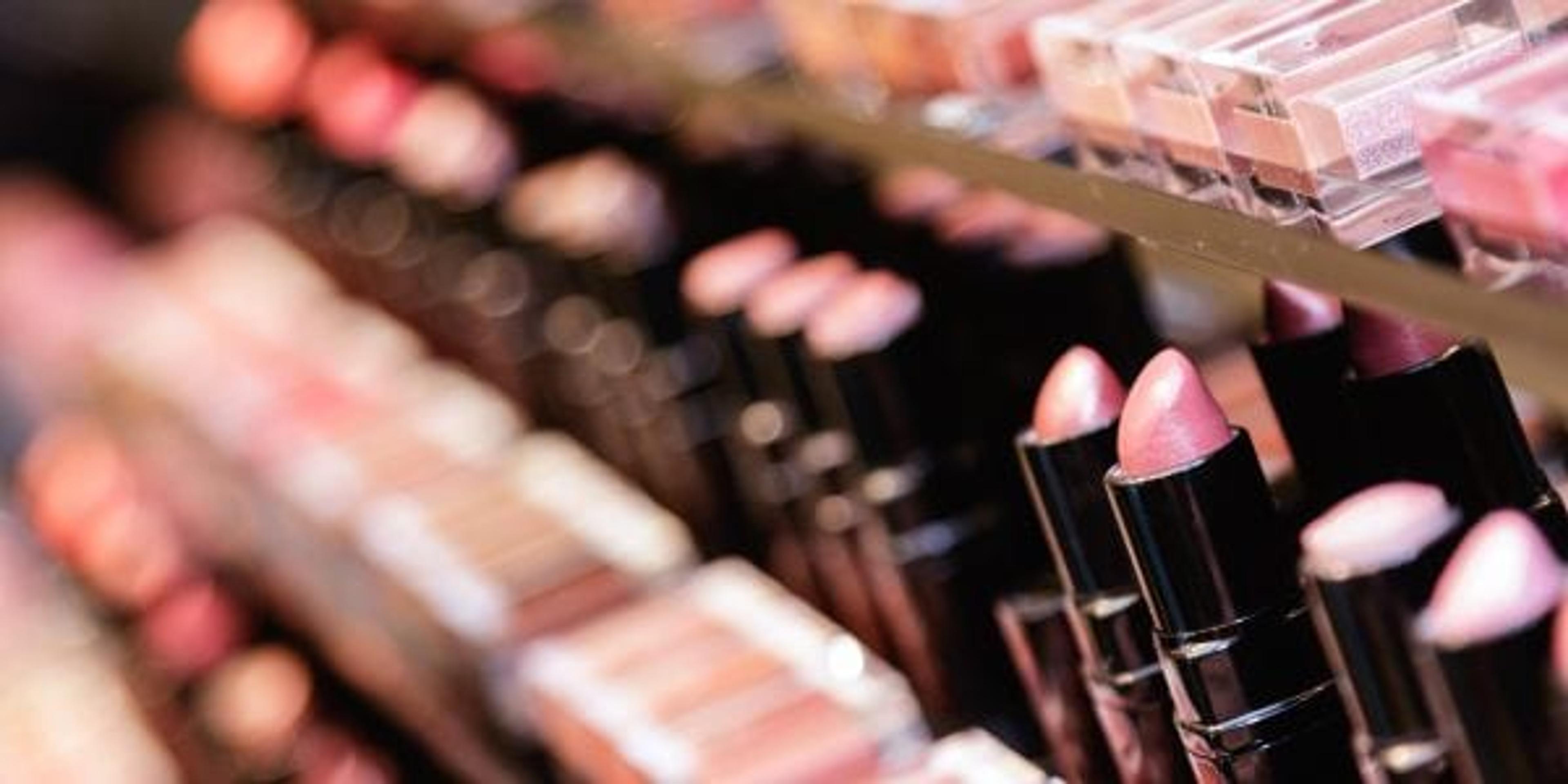The Concealed Truth: What Your Makeup is Made Of

Jillian Berndtson
| 3 min read

Mirror, mirror on the wall, is my makeup safe at all?
Using cosmetics to enhance appearance is extremely common across the United States. One study found 31% of people ages 18 to 29 wear makeup every day. That number increases later in life.
But have you ever taken the time to read the label to know what you’re putting on your skin, eyes and lips? If you have, chances are you thought you were staring at alphabet soup and assumed everything was safe. In reality, many makeup companies sell products that could contain ingredients that are not necessarily safe for your skin or body, causing a wide range of side effects.
There haven’t been any long-term studies on the use of cosmetics and the tests that have been conducted do not necessarily test the ingredients in the same form they’re used in for cosmetics. Still, to avoid harmful side effects, you might want to study up on what you’re putting on your skin by checking the labels on your go-to products. Ingredients you may want to avoid include:
- Arsenic: Arsenic has been found in many skin care products as it is an impurity from some of the ingredients used in the cosmetic products. It can cause dermatological problems throughout the body and is a developmental toxin. It is believed to be a carcinogen, though no long-term studies have been conducted.
- Formaldehyde: Formaldehyde is found in body and hair washes and soaps. It is known to cause skin irritation and respiratory problems.
- Fragrance: The International Fragrance Association lists over 3,000 compounds that make up fragrances. Labels only require companies to disclose fragrance as an ingredient, however consumers don’t know what makes up that “fragrance”. Fragrances can cause a wide range of problems based on what the scent is made of. The FDA does regulate the use of fragrances, but the regulations vary based on what the product’s intended use is.
- Oxybenzone: Oxybenzone is known for absorbing UV rays. While it may protect against the sun, it’s been linked to skin irritation, allergies and hormone disruption. The FDA limits its use to less than 6% in skin care products.
- Synthetic colors: The different color products may be pleasing to the eye, but not your body. Synthetic colors are made from petroleum and coal Some have been shown to be carcinogenic and are not approved by the FDA.
Once you’ve found a product that is safe, skim the aisles for more products from that brand. Some companies have pledged to be transparent and honest in their products and labels so if one product satisfies you, the whole company may be on the right track.
Most of all, remember you’re beautiful naturally and don’t need a lot of makeup to look your best.
You may also like:
Photo credit: Jun





